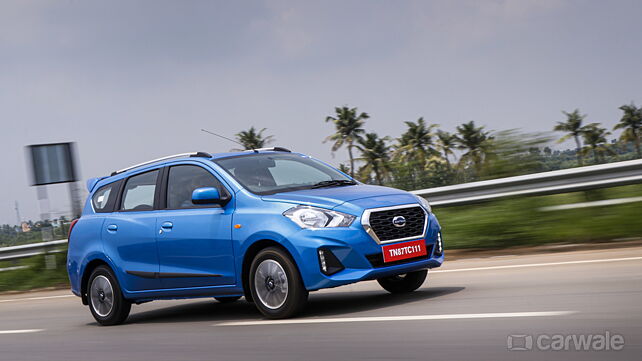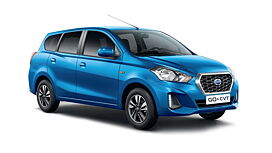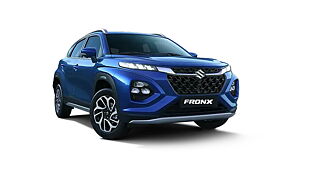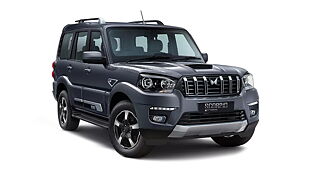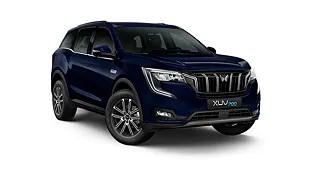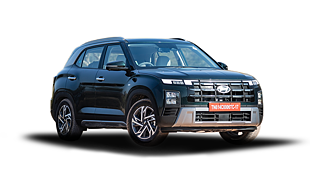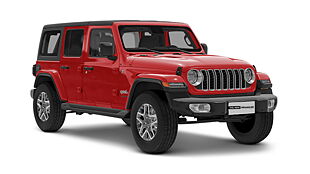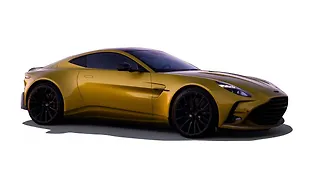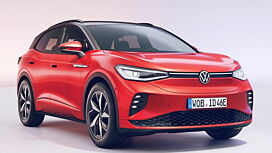What are they?
Why I would buy them: CVT, space and practicality
Why I would avoid them: lack of premium feel, low torque

These cars that you see in photos are the automatic versions of the GO and GO+ hatchbacks. The gearbox is a CVT (continuously variable transmission) which is a first in the segment and they are based on the T and the T (O) variants.

Given that these are essentially variants of the GO twins, they do not differ much from their three-pedal siblings. The face is dominated by the bug-eyed headlamps with their angular design elements while the octagonal grille and vertical LED DRLs do well to give both the cars unique appearance.

In profile, the GO+ does a better job than the hatchback as, despite the compacted length, it does stand out due to the estate car design. A nice touch is the 14-inch alloy wheels which give the car a premium appearance.

The only major hint of the car’s two-pedal setup is the CVT badge on the rear. These visual changes have been around for almost a year now and have certainly done well to uplift the image of both vehicles as the pre-facelift models (launched in 2014) were rather understated in terms of grabbing eyeballs.
How are they on the inside?

The GO and the GO+ have the same cabin in terms of layout, elements and features but in the case of the latter, it is a dual-tone setup (beige over black) while the GO is a full black affair.
This cabin has been in force since Datsun updated the car in late 2018 and is a major step up from the pre-facelift model’s cabin which could best be described as a large grey slate. The highlight of the dashboard is, of course, the 7.0-inch touchscreen system which offers all the functionality expected of a car in this segment like Apple CarPlay/Android Auto, Bluetooth connectivity and light and dark mode. However, it performs averagely when it comes to graphics and transitions.

The quality of plastics in both cars is quite impressive for this price bracket and is once again quite a step up from the previous car. On the practicality front, you get deep door pockets, covered glove box and for the first time, a rear parcel shelf.

The cars that we drove had been accessorised with some rather fancy looking seat covers bearing the GO/GO+ loGOs and trimmed out in body colour and silver respectively. With the 2018 update, Datsun ditched the extended passenger seats for regular bucket seats and these offer better comfort and support. Despite the driver’s seat and steering not having the height or reach adjustment, the ergonomics behind the wheel is acceptable and it is not very hard to find a GOod driving position.

While there is so much going on with the front seats, the rear is quite bare as there are no storage spaces or even an armrest. The support from seats is decent and with a bit of squeezing you would be able to fit three abreast.

The GO+’s USP, of course, is its third-row but you should consider this as an emergency seating option or slightly premium luggage storage space. In both cars, the second row folds while in the GO+, the third row folds down offering a massive 347-litres of storage space. All versions of the GO and GO+ now get dual front airbags, rear side crash protection, pedestrian protection regulation, central locking as well ABS with EBD as standard across the range.
How do they drive?

The Datsun GO and GO+ are both offered only with a three-cylinder 1.2-litre petrol engine producing 75bhp/104Nm. The standard fitment is a five-speed manual but the car we have driven is the CVT powered model and is the first in the segment to offer this technology.

For a 1.2-litre engine, this isn’t as peppy as one would expect with little to no action below the 2000rpm mark and you need to step on the throttle a bit to see some action from the engine. Once you get into the meat of the torque band, there is a great amount of driveability in the mid-range which pretty much where most of the action is considering the city-oriented nature of the car. The engine starts to strain and gets quite audible when you GO past the 80kmph mark but it will do three-digit speeds when needed.

You also get a sport button for additional revs as well as a low mode for access to additional torque for overtaking or when the need to build up quick momentum is needed. However, the small amount of available torque means you need to plan overtakes well in advance. The advantage of CVT in place of an expected AMT (in this part of the market) comes in the form of smoothness of driving experience and absence of the gearbox shifting through a corner.

Both the GO and GO+ ride surprisingly well and the suspension setup can absorb the usual set of road imperfections without sending too much back to the cabin. Of the two, the GO+ with its marginally longer length does a better job of ironing out the road.

However, the setup being on the softer side starts to show if you get too carried away behind the wheel. As we had said in our first-drive review of the GO and GO+ facelift last year, drive the car in an unhurried pace gliding from point to point and they will reward you with safe driving experience.
Should I buy them?

The update in 2018 saw both cars finally reach a point of segment standard and this addition of a segment-first CVT is a solid value addition to their packages. They are essentially big cars with a segment standard feature list at a lower price point. They also offer quite a bit more practicality than their rivals but still lack the premium feel that their rivals offer.
Where do they fit in?

The Datsun GO competes against the Tata Tiago, Maruti Suzuki Celerio, Maruti Suzuki Wagon R as well as the Hyundai Santro. The Datsun GO+ competes against the Renault Triber as well as low and mid-level variants of the Maruti Suzuki Swift and the Hyundai Grand i10.
Photos: Kaustubh Gandhi

